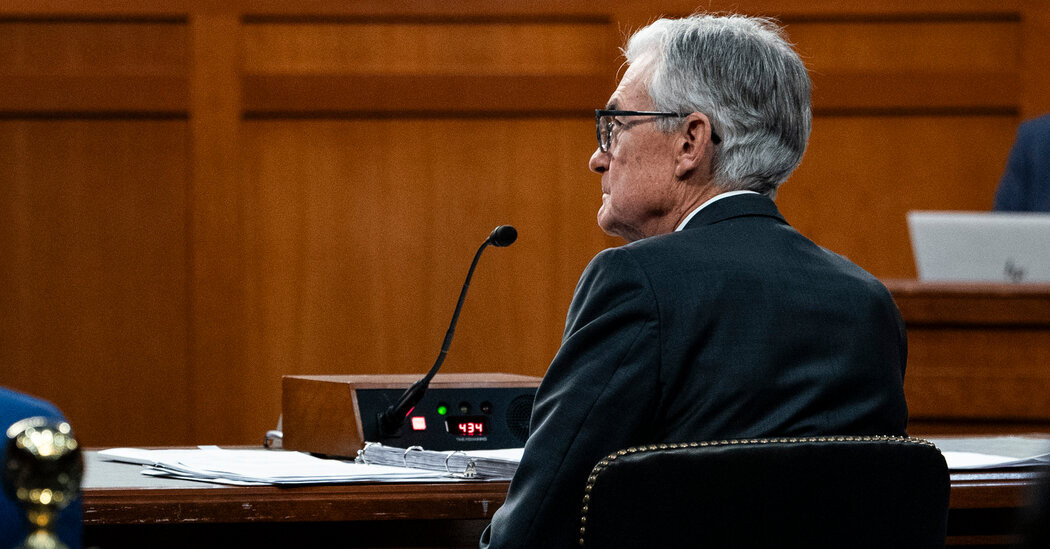

In his first term, President Trump toyed with ousting Jerome H. Powell out of anger that the Federal Reserve chair was moving too slowly to cut interest rates. Mr. Trump refrained from doing so, but continued to publicly attack Mr. Powell and his colleagues for keeping borrowing costs too high.
The Fed ultimately did cut rates but not because of Mr. Trump’s jawboning. The president’s trade war with China risked roiling the U.S. economy so significantly that the Fed moved preemptively in 2019 to stave off a painful downturn. There was little downside to doing so: Inflation was not remotely a concern at the time, giving officials the flexibility to eventually reduce rates three times.
Now back in office, Mr. Trump has again begun berating Mr. Powell and the Fed, urging them to lower borrowing costs. But the economic circumstances today are drastically different than those of 2019, setting the stage for a more intense showdown between the central bank and Mr. Trump.
On Tuesday, Mr. Trump said he had “no intention” of firing Mr. Powell despite having lambasted him over several days, calling the Fed chair a “major loser” and saying his “termination cannot come fast enough!”
But the clash between Mr. Trump and the Fed is likely to linger. On one side is a Fed now much more hesitant to reduce borrowing costs because of fears that the broad-based tariffs Mr. Trump has announced on virtually all U.S. trading partners will reignite inflation and slow economic growth. On the other side is a White House wanting immediate relief and taking steps to infringe on the central bank’s longstanding political independence.
“This is an existentially threatening moment for the institution,” said David Wilcox, who is a senior fellow at the Peterson Institute for International Economics, the director of U.S. economic research at Bloomberg Economics and an ex-leader of the Fed’s research and statistics division. “We may be on the cusp of throwing away an asset that has taken decades to accumulate.”